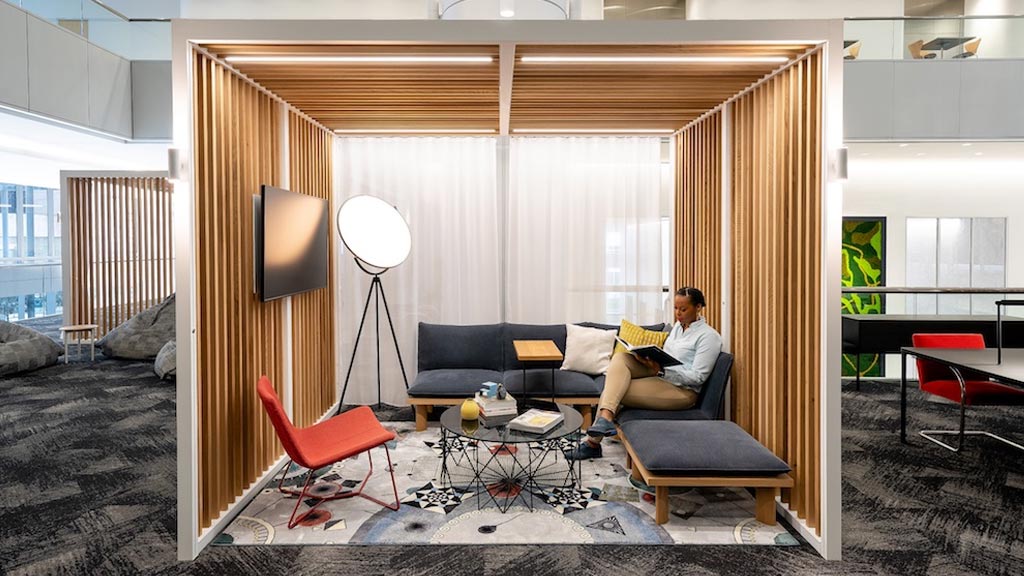Wellness

Kirk Gibson Center for Parkinson’s Wellness
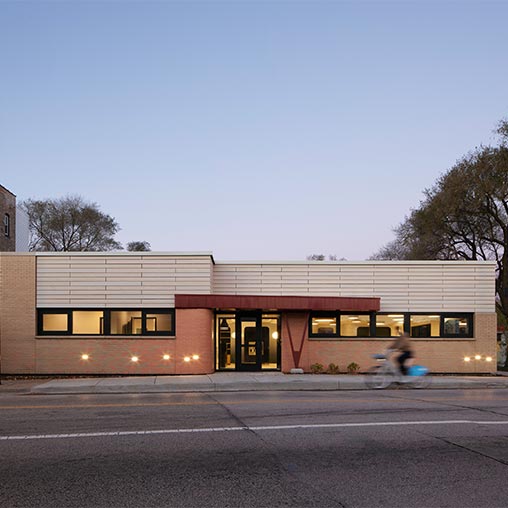
North Side Housing and Supportive Services
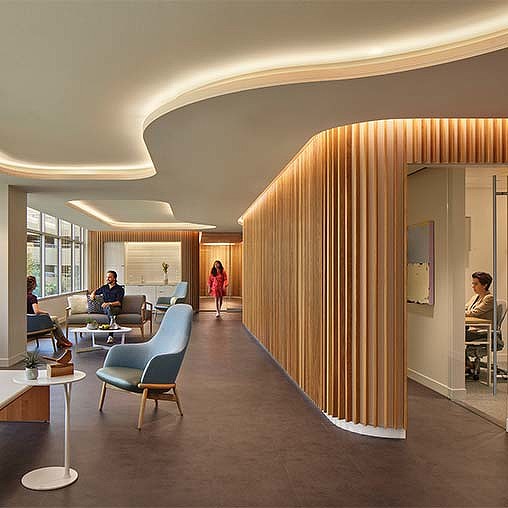
Bill Richards Center for Healing at Aquilino Cancer Center
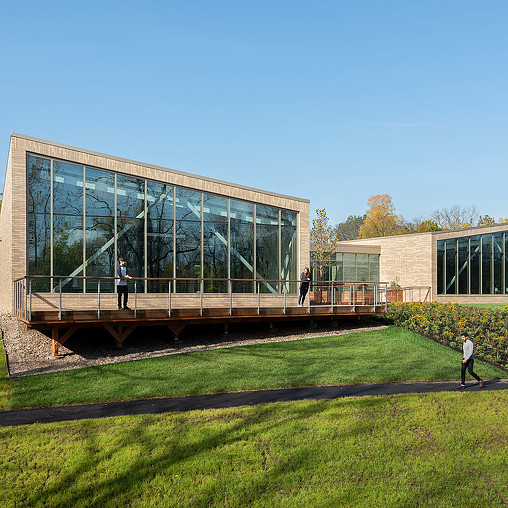
OhioHealth Neuroscience Wellness Center
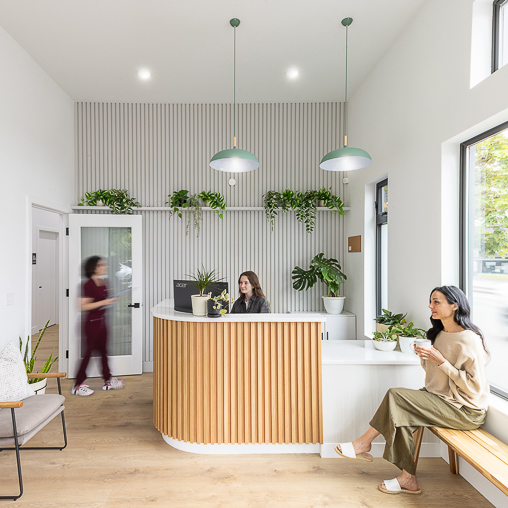
Open Wellness
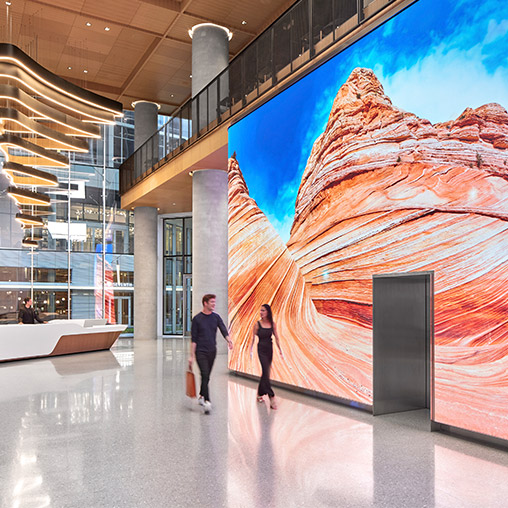
Marriott International Global Headquarters

Rancho Los Amigos – Harriman

CSULB Hillside Gateway

The Haven on Lincoln

Holcomb Family YMCA
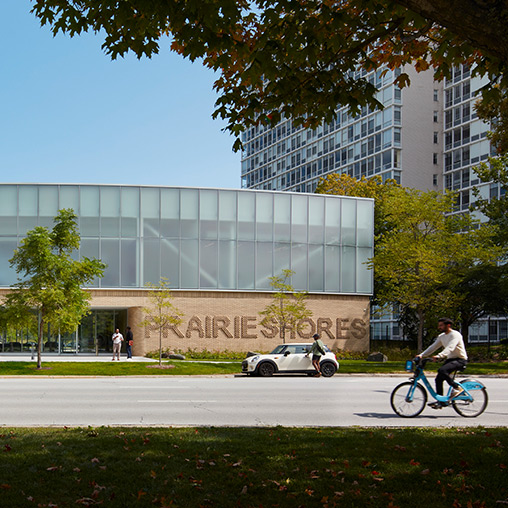
The Hub at Prairie Shores
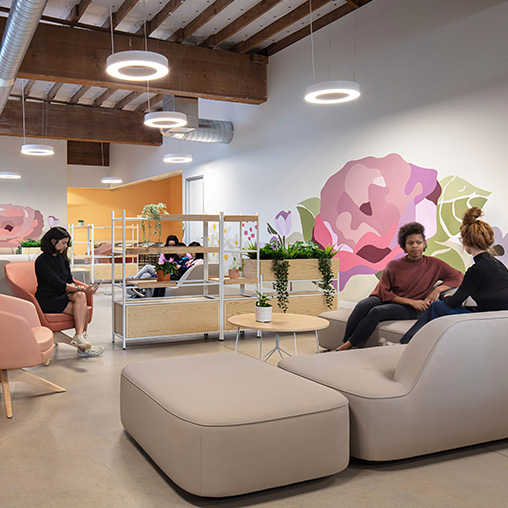
Rose Haven Community Day Shelter

CSULB Parkside North Residence Hall and Housing Administration Building

Solhouse 6035

Reach Movement Studio

15 Laight Street

San Francisco International Airport, T1 Net Zero Program
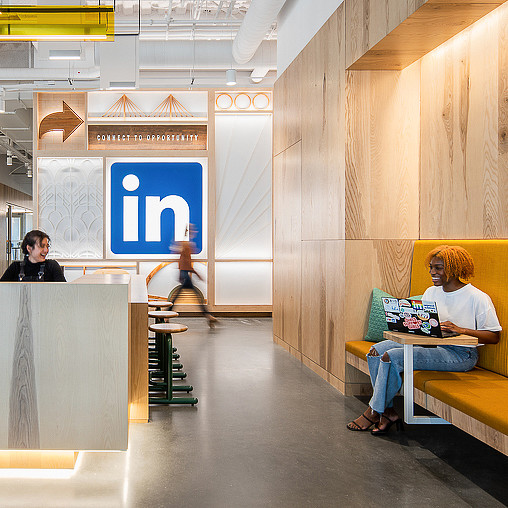
LinkedIn Omaha
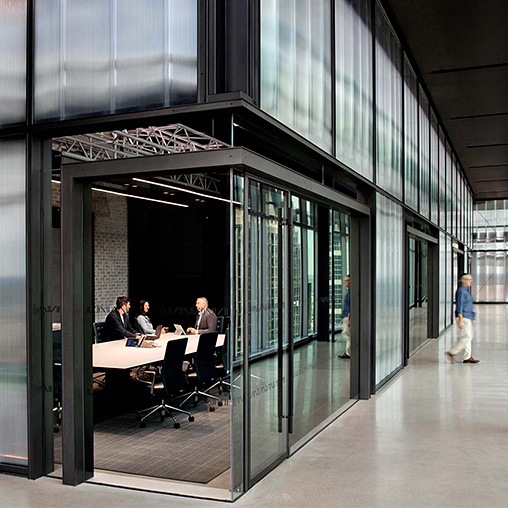
AllianceBernstein Nashville Headquarters

American Physical Therapy Association Headquarters
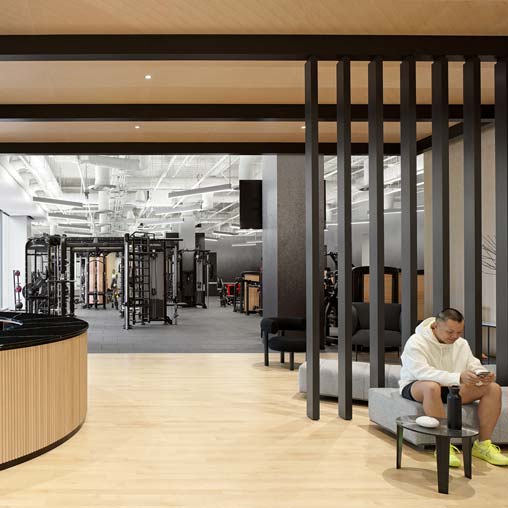
The Current at CIBC SQUARE

Design for Distancing

Two Legacy West
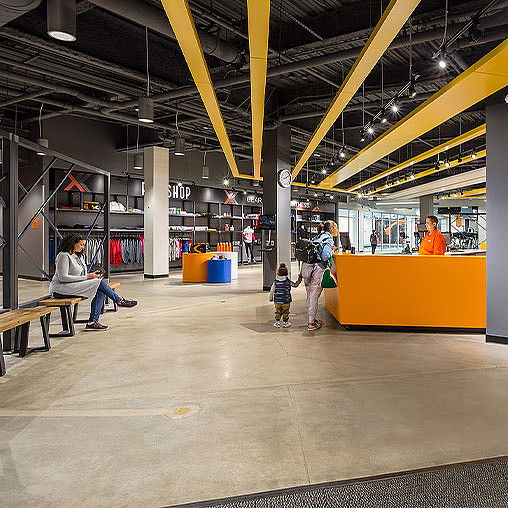
Xperience Fitness

San Jose State University Spartan Recreation and Aquatic Center

UPCycle
_Edited_508x508_1549297879_508x508.jpg)
T-Mobile, 3305
Wellness Consulting
Gensler’s wellness consulting services integrate the eight dimensions of wellness — emotional, physical, environmental, purpose, organizational culture, professional, intellectual, and social — to deliver holistic impact.
- Wellbeing Analysis and Benchmarking
- Inclusive Design Assessments
- Wellness Programming and Amenity Planning
- Material Red List Planning and Implementation
- Community and Social Impact Strategies
Wellness Design
Gensler’s Wellness Practice Area specializes in designing built environments that prioritize health, equity, and well-being. We use evidence-based approaches backed by scientific research, to create bespoke solutions that meet our clients’ unique needs and achieve measurable wellness outcomes.
- Inclusive Design Implementation
- Biophilic Design
- Campus-wide Wellness Planning
- Wellness Centers
- Community and Fitness Facilities
- Supportive Housing
Wellness Certification
We bring together designers, owners, and consultants to develop tailored solutions, including health and wellbeing key performance indicator tracking, to align with clients’ values and ensure impactful outcomes for health and equity. We leverage our cross-sector research and experience across programmatic, design, and policy, to customize value-add opportunities and optimize wellness experiences, quantified through third-party certification programs.

How a New Vision for Flexible Co-Living Conversions Can Support Housing Affordability

Age-Welcoming Cities: Designing for an Era of Longevity

How Business Schools Are Embracing Workforce Preparedness and Student Well-Being
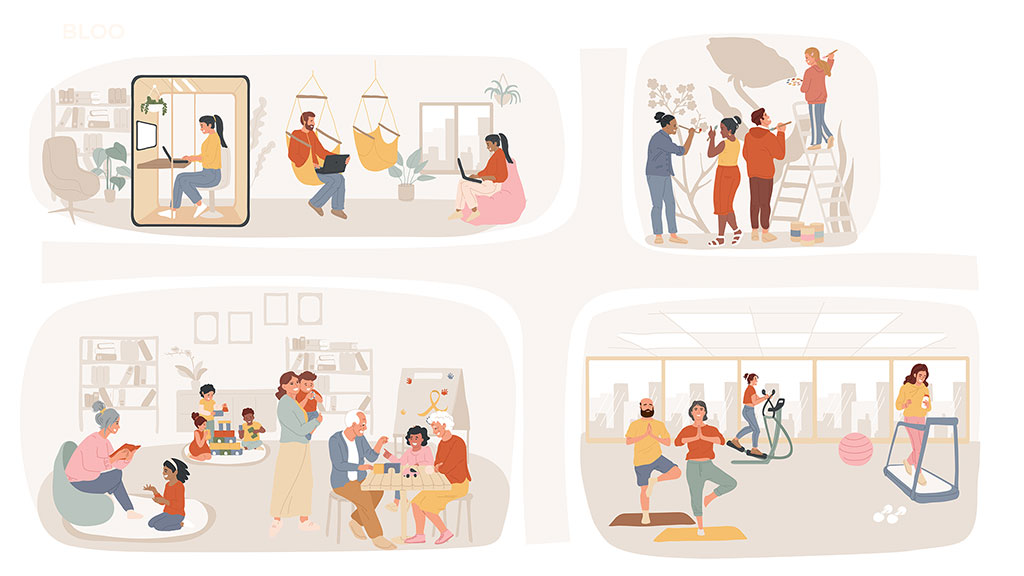
Reimagining Care in the Heart of Our Cities

Trends to Watch Shaping the Future of Wellness

Designing a New Future of Cities Through Wellness and Experience Design
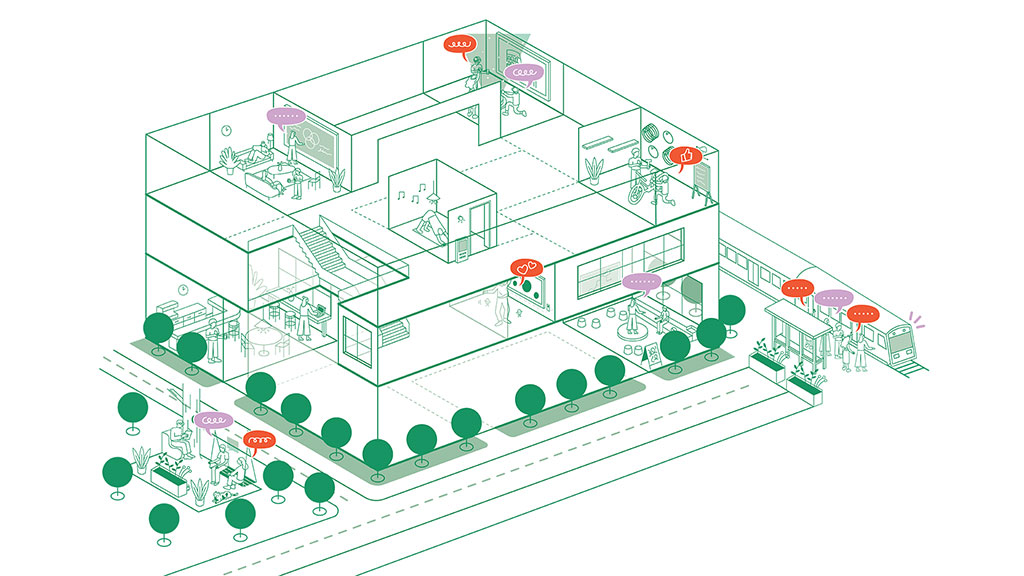
Is Belonging the New Currency for Workplace Design?

What Spa and Wellness Spaces Can Teach Us About Transforming Behavior

Designing Safe, Walkable Cities for Future Generations of Children
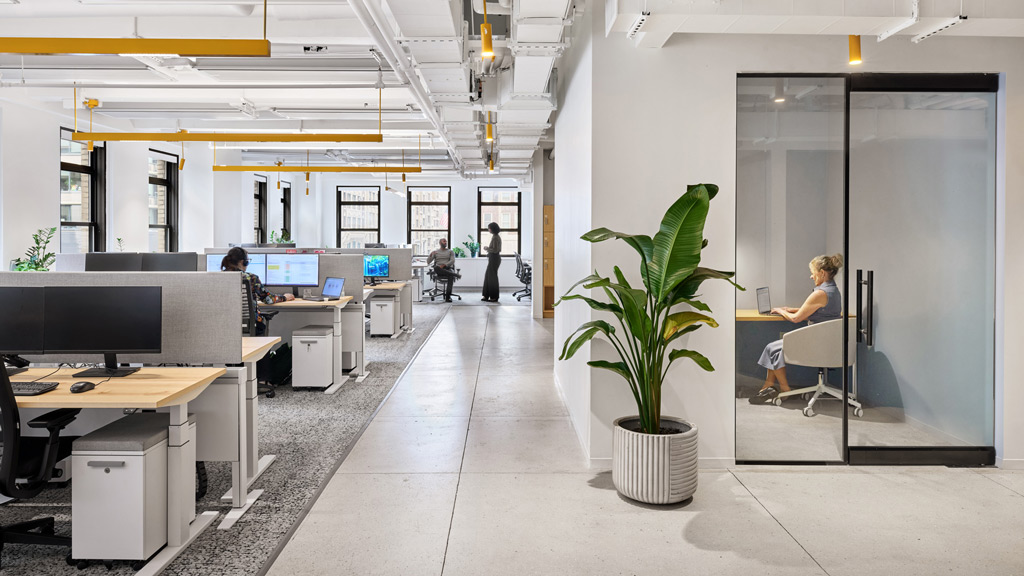
Creating Inclusive Spaces by Designing for Neurodiversity

Uncovering Growth: Wellness Real Estate Across the Market

The Impact of Inclusive Design on Children’s Health and Happiness

Inclusive Design for the 21st Century Library

How Urban Design and Educational Spaces Can Combat Child Loneliness

How Design Can Integrate Social Value Into Residential Developments

Redefining the Future of Urban Wellness in China
Wellness real estate expands beyond amenity-rich buildings to curated wellness hubs.
As wellness real estate commands premium rents and prices, developers create market differentiation with unexpected amenities such as low-sensory spaces, adult changing rooms, and hub-and-spoke models for social integration. By pairing this evolution of amenities with supportive services such as childcare, pet care, and elder care, developers are establishing urban wellness hubs.
Wellness behind the scenes becomes a strategic priority.
Investment in workforce well-being has become a critical strategy. From hospitality workers to healthcare teams, employee support spaces have been reimagined for restoration, dignity, and performance with natural light, quiet zones, and dedicated amenities. Modest interventions, like dedicated security lines for airport staff or wellness lounges for shift workers, reduce stress, elevate morale, and empower teams.
Wellness retreats embrace precision to extend healthspan.
A new generation of wellness destinations is focused on extending healthspan and lifespan. These retreats blend innovative diagnostics, genome mapping, and biohacking with spa-like environments, creating immersive experiences that prioritize long-term vitality over short-term relaxation.


Stacey Olson

Michael Schur

Meghan Webster

Once Upon a Project Featured a Conversation With Gensler’s Lily Diego and Michael Schur on Empowerment Through Design

Gensler’s Thoughtful, Trauma-Informed Design Approach To Transform an Old Motel Into the Haven on Lincoln
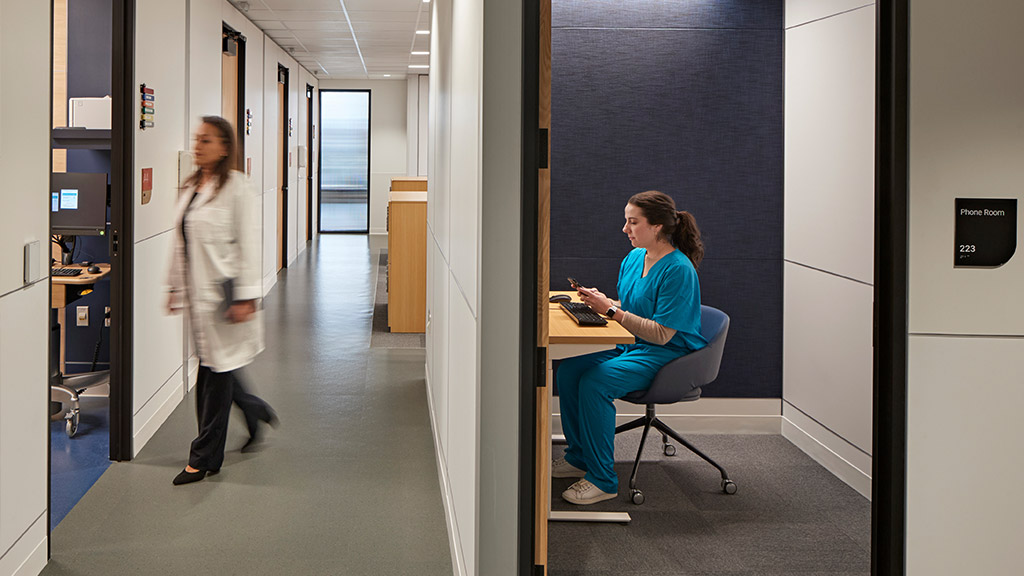
How Healthcare Facility Design and Operations Can Support Holistic Well-Being for Healthcare Workers
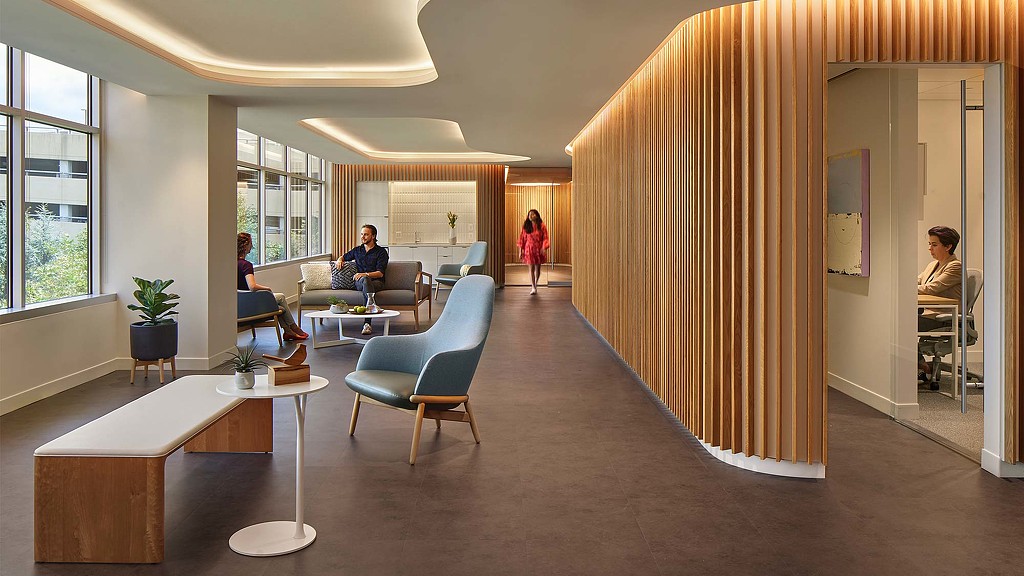
Bill Richards Aquilino Cancer Center Is ‘At the Forefront of a Budding Renaissance in Psychedelic Medicine’

AIA Honors OhioHealth Neuroscience Wellness Center, Designed by Gensler, in the 2023 National Healthcare Design Awards

The Center for Active Design Honors Gensler in the Best in Building Health 2023 Awards

How To Create a Warm, Welcoming Experience for Patients and Visitors Alike
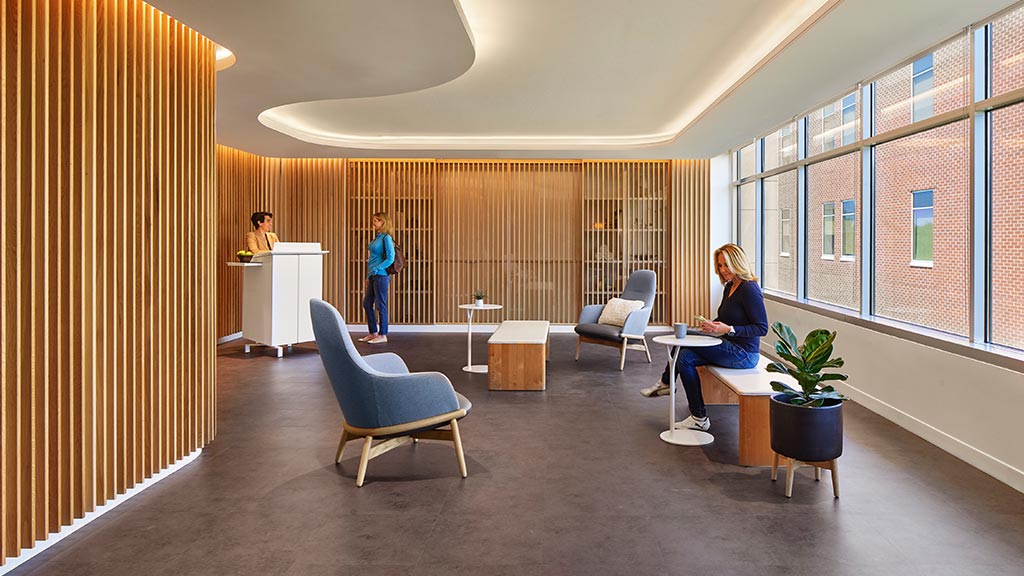
The Health & Wellness Design Market Research Report Lists Gensler as a Key Player in Health and Wellness Design

SFO’s Harvey Milk Terminal 1 Becomes the First Airport Terminal in the World to Achieve Full WELL Certification

A Gensler-Designed Healing Center Is Named a Winner of IIDA’s 10th Annual Healthcare Design Awards

Insights on Expanding Our Idea of the 20-Minute City
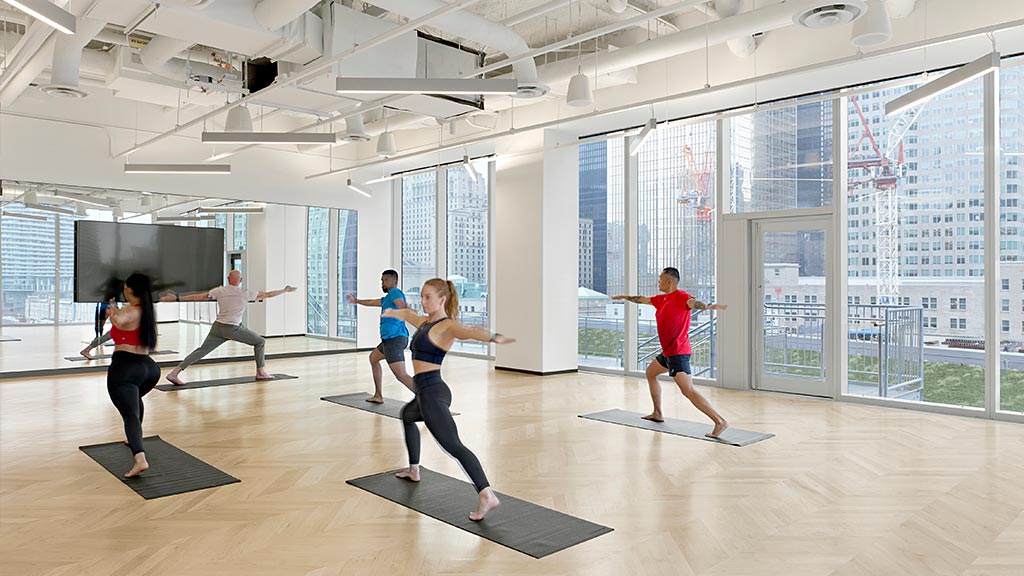
A High-End Gym Designed to Attract Workers Back to the Office

How Biophilic Design Can Be Used More Extensively in Offices

Gensler Wellness Leader Stacey Olson Discusses How Office Spaces Are Being Reimagined Post-Pandemic

Healthcare Snapshots Featured Bill Richards Center for Healing at Aquilino Cancer Center
